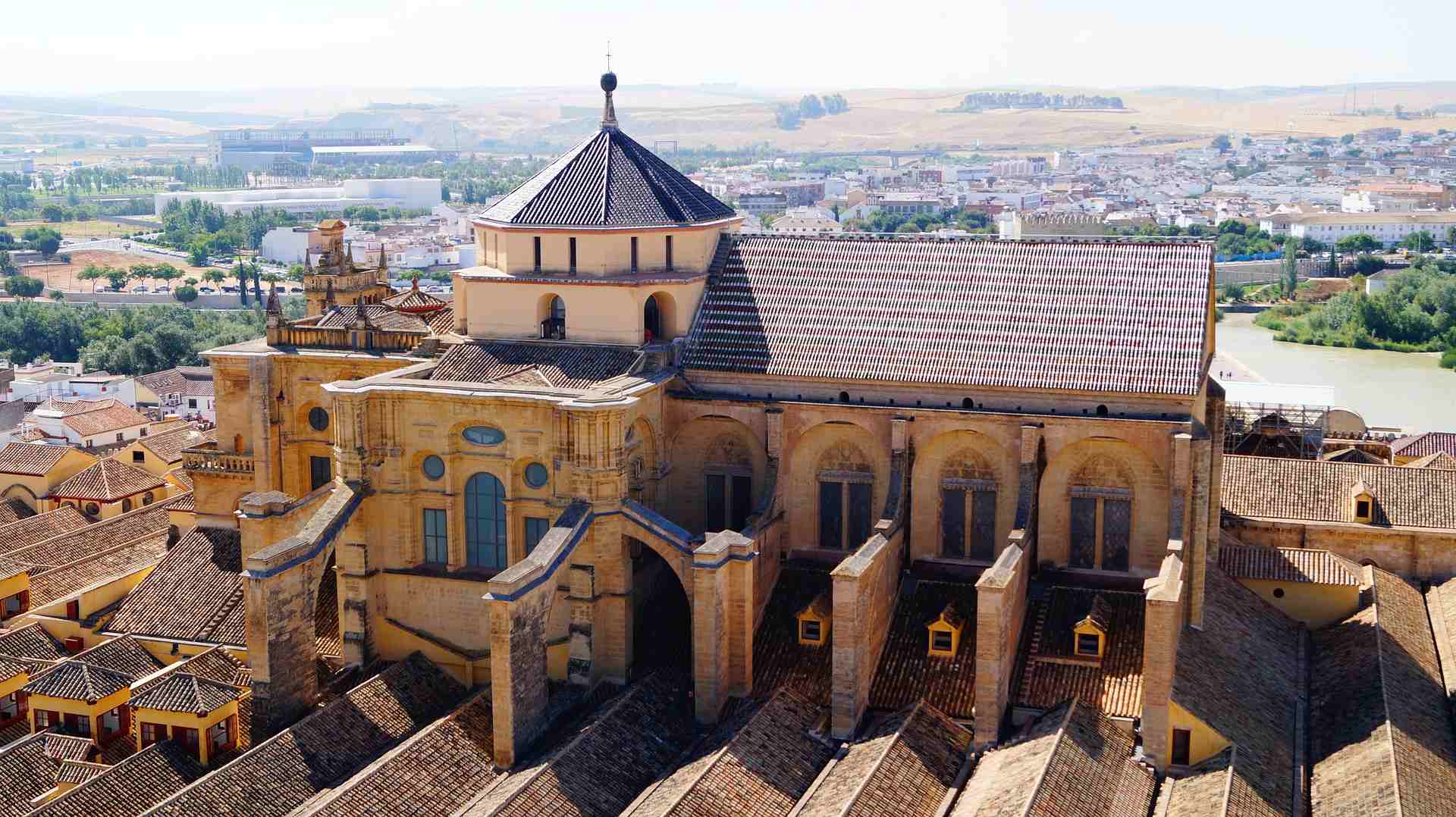How Islamic architecture influenced global construction techniques
Islamic architecture, renowned for its intricate geometric patterns, majestic domes and elaborate ornamentation, has profoundly influenced global construction techniques. This architectural tradition, rooted in the principles of Islam, has not only shaped the skylines of the Islamic world, but has also left an indelible mark on architectural practices worldwide.
Islamic architecture is far more than a stylistic tradition - it’s a deeply symbolic and functional expression of faith, culture and technological advancement. Emerging in the 7th century CE, it absorbed and reimagined elements from previous civilisations - Roman arches, Byzantine domes, Persian courtyards and even Indian ornamentation - moulding them into a new architectural language with universal principles and regional diversity.
It was born out of necessity as the early Muslim community needed places of worship, learning, governance and community gathering that reflected Islamic values. As the Islamic empire expanded, its architectural legacy did too - stretching from Spain and North Africa to India, Central Asia and Southeast Asia.
At the heart of Islamic architecture lies a reverence for geometry and symmetry. These patterns are far more than decorative - they are visual expressions of Islamic metaphysics. Islamic artisans were pioneers in using complex mathematical algorithms to generate tessellations, stars and interlacing patterns. These designs often incorporated intricate 8-fold, 12-fold, and 16-fold symmetry, revealing a stunning fusion of mathematics, art and spirituality.
Because many Islamic traditions discourage the depiction of sentient beings in religious contexts, geometric and abstract designs also became the dominant decorative language and can be seen depicted in the tile mosaics of the Alhambra Palace in Spain, the muqarnas ceiling in the Shah Mosque in Isfahan, Iran and the geometric lattice screens (jalis) in Mughal architecture.
Engineering brilliance and spiritual symbolism
The dome in Islamic architecture is one of the most striking and symbolic features. The dome symbolises the vault of heaven - a reflection of the divine realm over the earthly one. When placed above a prayer hall or mihrab (prayer niche), it directs worshippers’ attention heavenward.
Domes are designed to amplify sound - making them particularly functional for large congregational prayers. Their shape also allows for grand, open interiors that encourage communal worship.
Over the centuries, architects improved dome construction with innovations like double-shelled domes, pendentives and squinches, allowing for larger and more intricate structures. The Ottoman Domes,for example, in the Süleymaniye and Blue Mosques use a central large dome flanked by smaller semi-domes - an engineering feat that inspired Western architects during the Renaissance. Persian Domes often feature bulbous shapes and intricate tilework, visible from miles away and often shimmering in sunlight.
All this is complemented by ornamentation, which in Islamic architecture is never arbitrary. It serves both a decorative and didactic function, reinforcing religious themes and cultural identity.
Arguably the highest form of Islamic art is calligraphy in architecture, which features verses from the Qur’an, names of Allah, or Hadiths. It serves to spiritually enrich a space while guiding the believer's thoughts toward the divine.
In addition, there are arabesques, which are stylised, often symmetrical representations of floral and vegetal motifs, symbolising the Garden of Paradise - a recurring concept in Islamic eschatology. Their endless looping forms suggest eternal life and divine continuity.
Another truly unique Islamic innovation are muqarnas, honeycomb-like structures used in transitional architectural elements, like domes and vaults. These create a dazzling play of light and shadow, giving a celestial feel to interiors.
These can be seen in the calligraphic friezes of the Great Mosque of Cordoba, (pictured), the vegetal and abstract arabesques in the Madrasa Bou Inania in Morocco and the muqarnas domes of the Nasrid Palaces in Granada.
Spiritual and environmental harmony
One of the most compelling aspects of Islamic architecture is its ability to fuse form and function with spiritual and environmental consciousness. Every mosque is aligned toward Mecca, fostering a sense of global unity among Muslims. This directionality is embedded into the design of Islamic cities, homes and public spaces.
Islamic buildings masterfully use natural light and cross-ventilation, especially in hot climates. Courtyards, water features and latticework help control temperature while creating serene environments. Furthermore, mosques, madrasas (schools), caravanserais and markets are often integrated, reflecting Islam’s emphasis on community, education and welfare.
The legacy of Islamic architecture transcends its religious context and geography. From the Moorish Revival in 19th-century Europe to Postmodern buildings incorporating Islamic elements, the impact is wide-reaching.
We know that the Alhambra’s geometry influenced architects like M.C. Escher. Pointed arches and ribbed vaults, seen in Gothic cathedrals, were first developed in Islamic architecture and modern architects like Zaha Hadid and Sir Norman Foster have drawn on Islamic geometry and form in projects across the Middle East.
Islamic architecture is a harmonious blend of art, faith, science and environment. It is a testament to how architecture can be more than shelter - it can be philosophy made tangible, prayer made spatial and mathematics made beautiful.
From the rhythmic tiles of the Alhambra to the soaring domes of Istanbul and the quiet courtyards of Isfahan, the essence of Islamic architecture continues to inspire designers, architects and thinkers around the world. Its core principles - unity, order, beauty and devotion - remain timeless, transcending religious and cultural boundaries to inform a more connected and thoughtful built environment.

Additional Articles

Why everyone has a favourite skip and what it says about you
In construction, there are two universal truths – tea, of course, is essential and believe it or not, everyone - whether they are prepared to admit it - has a favourite skip. It may sound strange,...
Read moreThe cultural significance of the bacon roll in UK construction
Walk onto any construction site in the UK at 7:30am and you’ll quickly discover that the most important piece of equipment isn’t a digger, a drill or a laser level. It’s a humble, foil-wrapped,...
Read more

Check out the odd things unearthed on construction sites
Dig deep enough on a construction site and you might be amazed at what you find. In fact, if there is anywhere destined to uncover hidden treasures, you are in the right place. Large-scale ground...
Read more